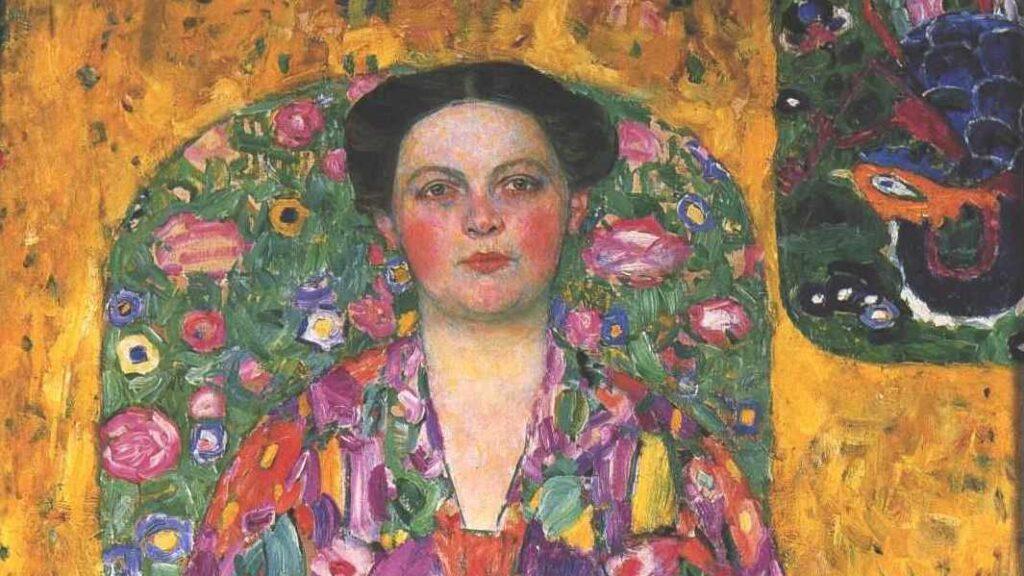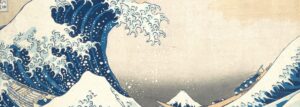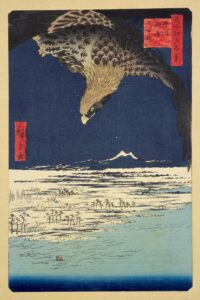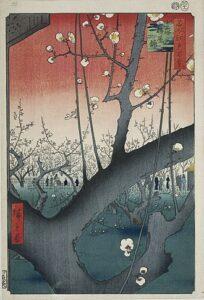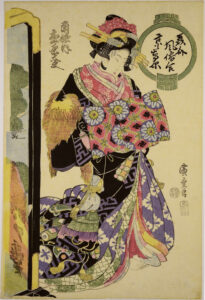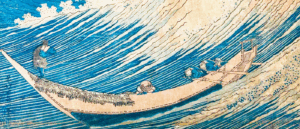‘Japonisme’: When the East Wind carries the ship to the West – A fusion of Japanese woodblock art and Impressionism
“[…] I envy the Japanese, the extreme clarity that everything in their work has, It’s never dull, and never appears to be done hastily too.” [3]
Those are the words of the Dutch painter Vincent Van Gogh in one of his letters to his brother Theo. While often accused of “idealizing” Japan too much, Van Gogh had massive respect for Japanese art and often reflected it in his work. Surprised? Well, let’s address the elephant in the room. What is the most overlooked about modern art?
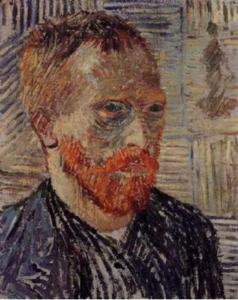
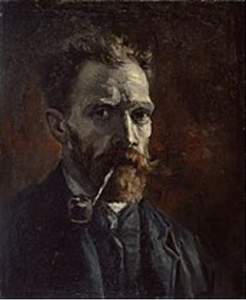
Take a look at this self-portrait of Van Gogh from 1887. Not anywhere near similar to the ones before 1886 right? This is Van Gogh, the Impressionist Western painter, and Japonisme i.e. the influence of Japanese art. And it wasn’t just Van Gogh, several other western artists, namely Claude Monet and Gustav Klimt, etc. were also heavily influenced by Japanese ukiyo-e or ‘woodblock art’.
So what is it that attracted European artists so much to Japanese woodblock art or Ukiyo-e? Especially when they had been exposed to other cultures, such as the Chinese, for many more years than Japan. One factor could be that Japan had remained a rather secluded country ruled by an emperor of sorts for over 200 years, with little to no contact with the outside world. And they didn’t think they needed any. This was called the “Edo Period”, a period when most of the well-known ukiyo-e painters such as Hokusai, Hiroshige, and Utamaro thrived within Japan, depicting the ‘floating’ nightlife of the Edo Period [2]. This came to a forceful end in 1853, the year of the birth of Vincent Van Gogh. To put it differently, US naval commander Mathew C. Perry sailed to Japan and convinced Japan to bow down and open trade with the US, and eventually Europe [2].
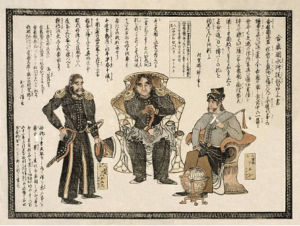
Van Gogh was one of the earliest fans of Japanese woodblock art since the Dutch had trade ties with Japan even when they were secluded from the rest of the world. After first coming across ukiyo-e in Paris, Van Gigh began collecting Japanese woodblock art from some of his favorite artists, such as Hiroshige and copied it in oil in an attempt to understand the flow and composition of this form of art. In his quest, Van Gogh’s art completely transformed, incorporating bold colors and large brush strokes [3].
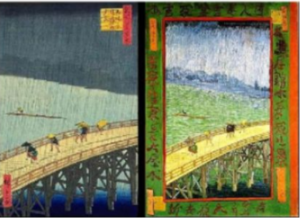
Right: Hiroshige woodblock art, 1857 Left: Van Gogh oil painting, 1887
Perhaps the most famously influenced by Japanese art after Van Gogh, wasn’t Claude Monet. The French painter collected over 200 ukiyo-e prints and displayed them all over his house in Giverny. He even built a nature-filled pond full of Lilly pads outside his house, marked by a Japanese bridge over it, serving as an avid source of inspiration for all motifs in his paintings that followed [4].
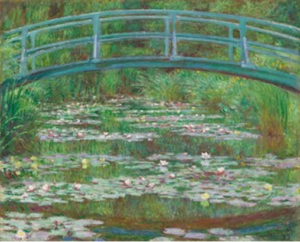
Other than the French and Dutch, the Austrians were not far behind either when it came to grabbing inspiration from ukiyo-e. Yes, I’m talking about none other than the famous Gustav Klimt[7]. An obsessive collector of Eastern ornaments and a fan of the Rinpa School of painting in Japan, it’s safe to say that he brought Japanese art to the Viennese community’s doorstep with his adaption of the vibrance of woodblock prints while retaining his own reflective and shadowy style[6].
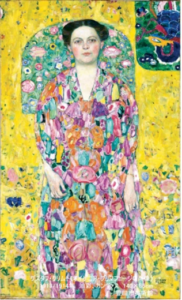
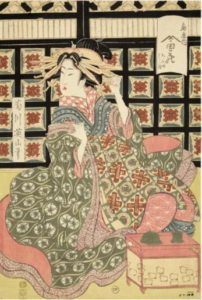
While Japonisme’s origins lie in imitation and appropriation of Japanese ukiyo-e, its legacy is a new style that combines the best of East and West. But the question remains, do the East and West still understand each other any better after this dramatic art fusion? Well, hopefully so!
Also see our fantastic section on Artistic Japan (Le Japon Artistique), a publication out of France in the late 19th century that helped propagate Japanese art into Europe.
Links
- Art, Fine. “Gasshukoku Suishi Teitoku Kojogaki. 19th Century Woodblock Print of…” Getty Images, https://www.gettyimages.com/detail/news-photo/gasshukoku-suishi-teitoku-kojogaki-19th-century-woodblock-news-photo/544177808?adppopup=true.
- Daly, Katy. “The Influence of Japonism on European Art.” McGaw Graphics, McGaw Graphics, 17 Apr. 2017, https://www.mcgawgraphics.com/blogs/news/the-influence-of-japonism-on-impressionist-artists.
- Johnson, K. (2022, May 28). Vincent van Gogh and his Japanese prints. Street Art Museum tours. Retrieved October 6, 2022, from https://streetartmuseumtours.com/2022/04/04/vincent-van-gogh-and-his-japanese-prints/
- “The Japanese Footbridge.” Claude Monet, The Japanese Footbridge, 1899, https://www.nga.gov/collection/highlights/monet-the-japanese-footbridge.html.
- “Self-Portrait with a Japanese Print [Vincent Van Gogh].” Sartle, 22 June 2022, https://www.sartle.com/artwork/self-portrait-with-a-japanese-print-vincent-van-gogh.
- Sjaastad, Julie Anne. “Gilded Romance: Gustav Klimt’s Ornamental Style and the Influence of Japonisme.” Sothebys.com, Sotheby’s, 6 Aug. 2019, https://www.sothebys.com/en/articles/gilded-romance-gustav-klimts-ornamental-style-and-the-influence-of-japonisme.
- Ukiyo-e and Its Influence on Impressionism, https://gowithguide.com/blog/ukiyo-e-and-its-influence-on-impressionism-4393.

